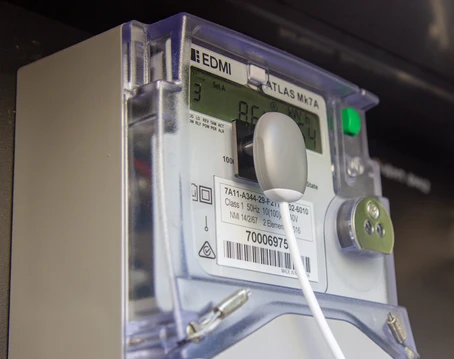Residual Current Devices (RCDs) are critical safety devices in electrical installations. They are designed to prevent severe injuries caused by electric shocks, thereby enhancing the safety of electrical systems.
The working principle of an RCD is based on the balance of electrical currents between two conductors. It uses a differential current transformer to measure the difference between the current flowing through the live conductor and that returning through the neutral conductor. In a normal scenario, these currents are equal. However, when a fault occurs, and current is escaping the circuit, there is a discrepancy between these currents, which the RCD detects.
Upon detecting a fault, the RCD responds by interrupting the electrical circuit. This interruption happens in milliseconds, making RCDs highly responsive and reliable in preventing potential hazards. The quick response time is crucial as alternating 50 Hz current above 30 mA through the human body can cause cardiac arrest or serious harm if it persists for more than a small fraction of a second.
While RCDs are highly effective, they do have limitations. For instance, they cannot protect a person who touches both circuit conductors at the same time. In such cases, the RCD cannot distinguish the normal current from that passing through a person. Therefore, RCDs are often used in conjunction with other safety measures such as overcurrent protection devices.
RCDs play a vital role in enhancing the safety of electrical installations. By constantly monitoring the balance of electrical currents and responding swiftly to any discrepancies, they help prevent electric shock-related injuries and accidents. However, it’s important to remember that RCDs are part of a broader safety system and should be used in combination with other protective measures for comprehensive safety.



